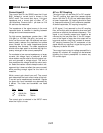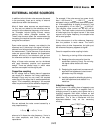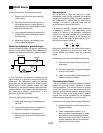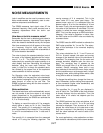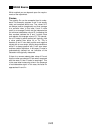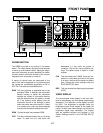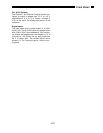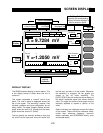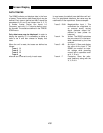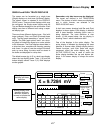
3-28
SR850 Basics
Which method you use depends upon the require-
ments of the experiment.
R noise
The quantity Rn can be somewhat hard to under-
stand. For example, suppose X and Y are equally
noisy and centered about zero. The values of R
are always positive (magnitude) and thus average
to a nonzero value. In this case, X and Y noise
result in an average R which can be interpreted as
the minimum detectable value of R. Increasing the
time constant reduces the X and Y output noise
and reduces this average value of R. The calcula-
tion of R noise by either method will typically yield
a value smaller than either Xn or Yn. This is
because X and Y have both positive and negative
values with a zero center yielding large deviations
while R is always positive with a non zero mean
and has smaller deviations. In this case, R noise is
mathematically defined but not indicative of the
Gaussian noise typically measured.
If there is a nonzero steady state value of R such
that the noise excursions of R are small compared
with the mean R, then R noise is meaningful. This
is the case when measuring noise in the presence
of real detectable signal. In this case, the value Rn
approaches Xn and Yn.





